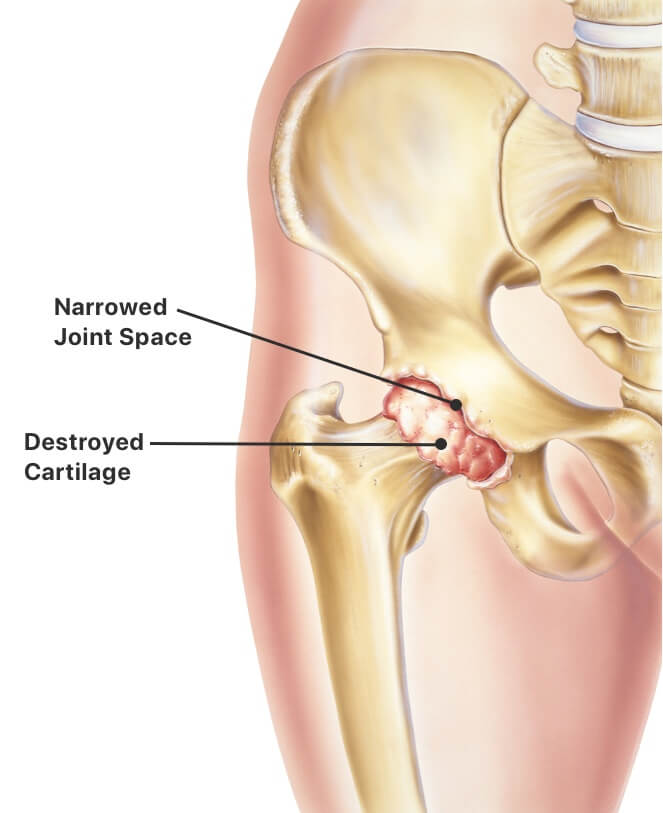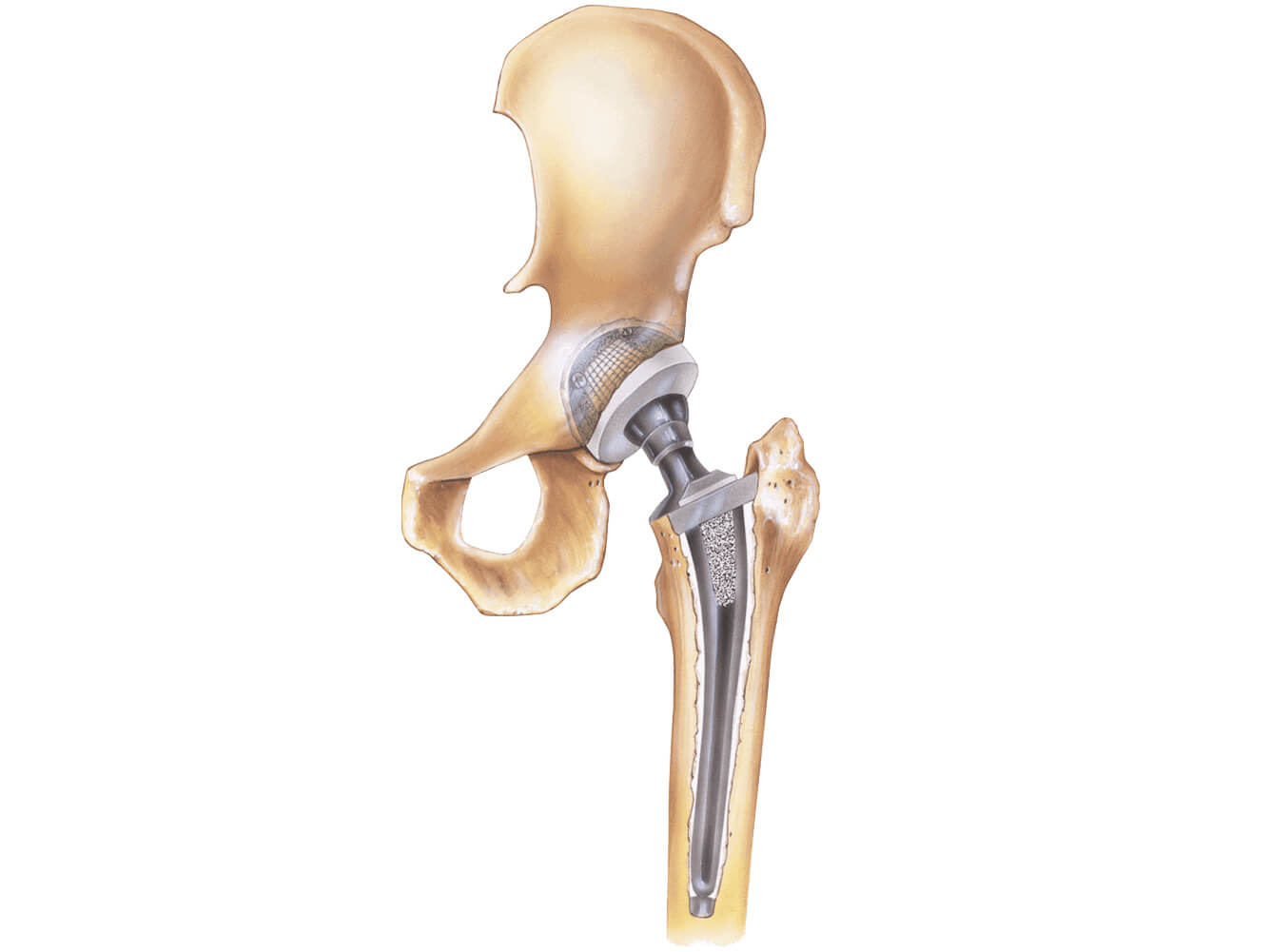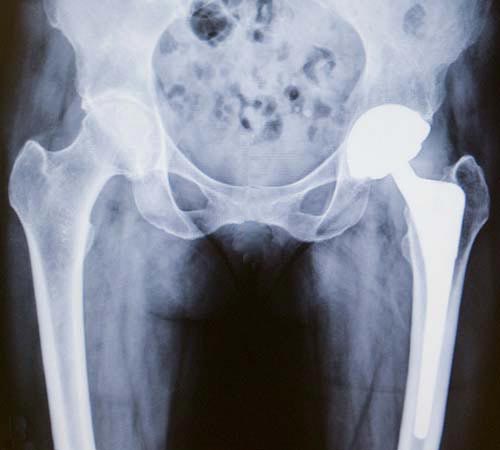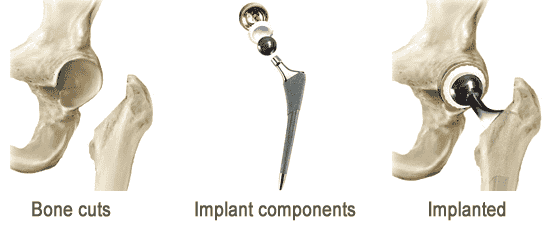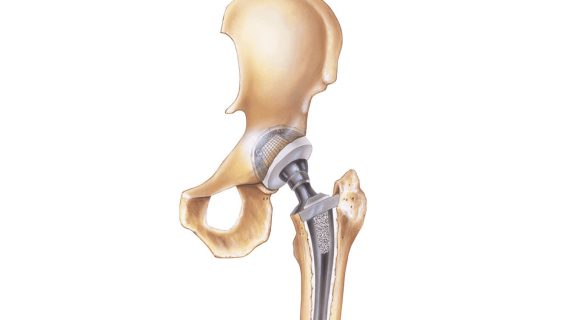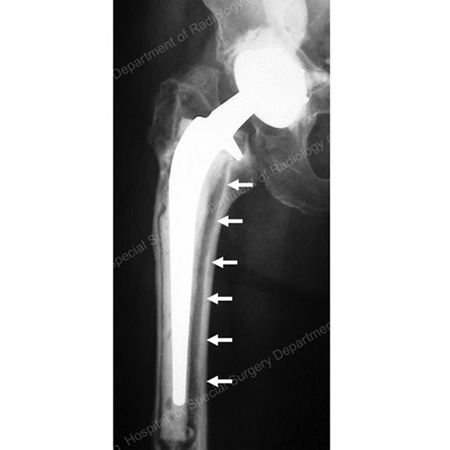Hard on hard bearing couples including metal on metal mom and ceramic on ceramic coc which are regarded as the optimal choice for the younger and more active patients offer the potential to decrease the prevalence of revision tha caused by bearing surface related failures.
Ceramic on ceramic hip replacement for active patients.
The use of ceramic on ceramic coc bearings in primary total hip arthroplasty tha is increasing and has been intensively analysed.
13 30 years.
These joints were implanted from 1977 to 2004 and because of this different implant designs and modes of fixation were used.
The type of ceramic used in total hip replacement today is aluminum oxide also known as alumina.
The clinical use of ceramic as a bearing surface dates back to the early 1970s.
This hardness provides ceramic hip replacements with an extremely smooth surface making them much less prone to wear.
This bearing plays a particularly relevant role in young active patients and shows advantages over other bearings in biocompatibility wear rate and lubrication properties.
These are some of the hardest substances known with only diamond being harder than aluminum oxide ceramics.
The clinical use of ceramic as a bearing surface dates back to the early 1970s.
The type of ceramic used in total hip replacement today is aluminum oxide also known as alumina.
The outward facing implant surfaces are sprayed with a coating of titanium so they immediately grip and move over one another and hydroxyapatite which encourages new bone to grow into the.
The ceramics used in hip replacement surgery are alumina ceramic and zirconia ceramic.
In 1995 an improved alumina ceramic was developed that had increased purity and strength over the first generation materials.
In 1995 an improved alumina ceramic was developed that had increased purity and strength over the first generation materials.
Nizard et al 2008 reported on ceramic on ceramic hips that had been implanted in a group of 101 patients 132 hips younger than 30 years old mean age.
1 2 total hip arthroplasty tha using third generation alumina ceramic biolox forte.
The ceramic used in the h1 is the same material used for the ball head in most hip replacements in the world today.

